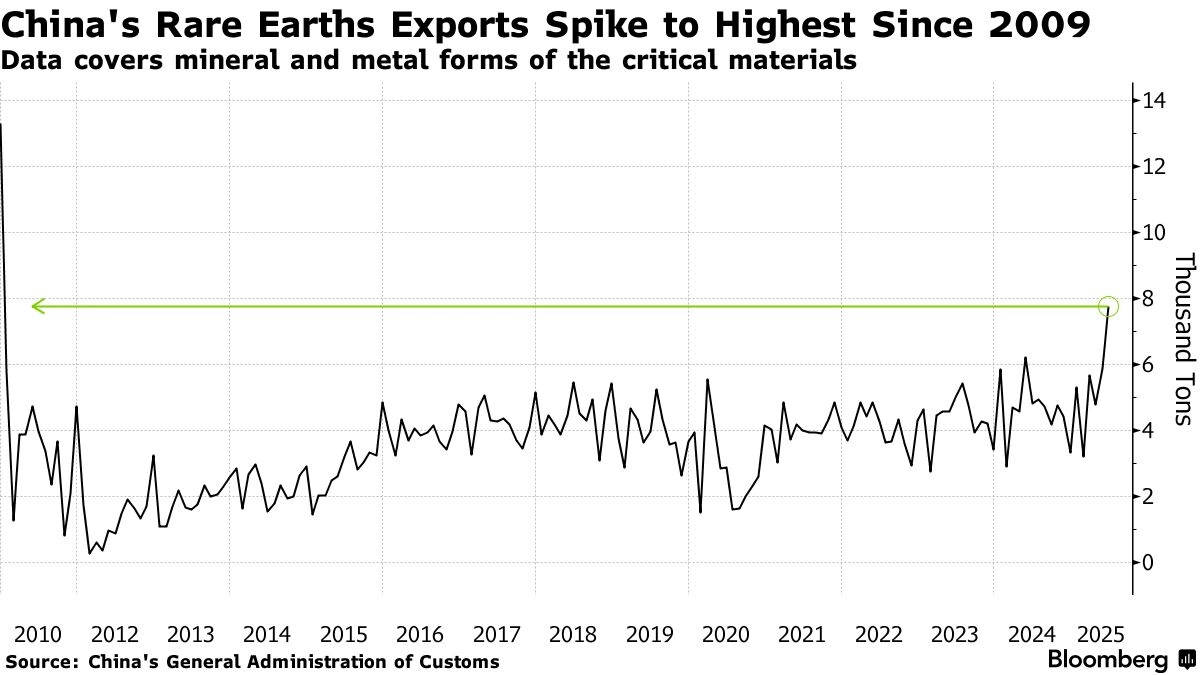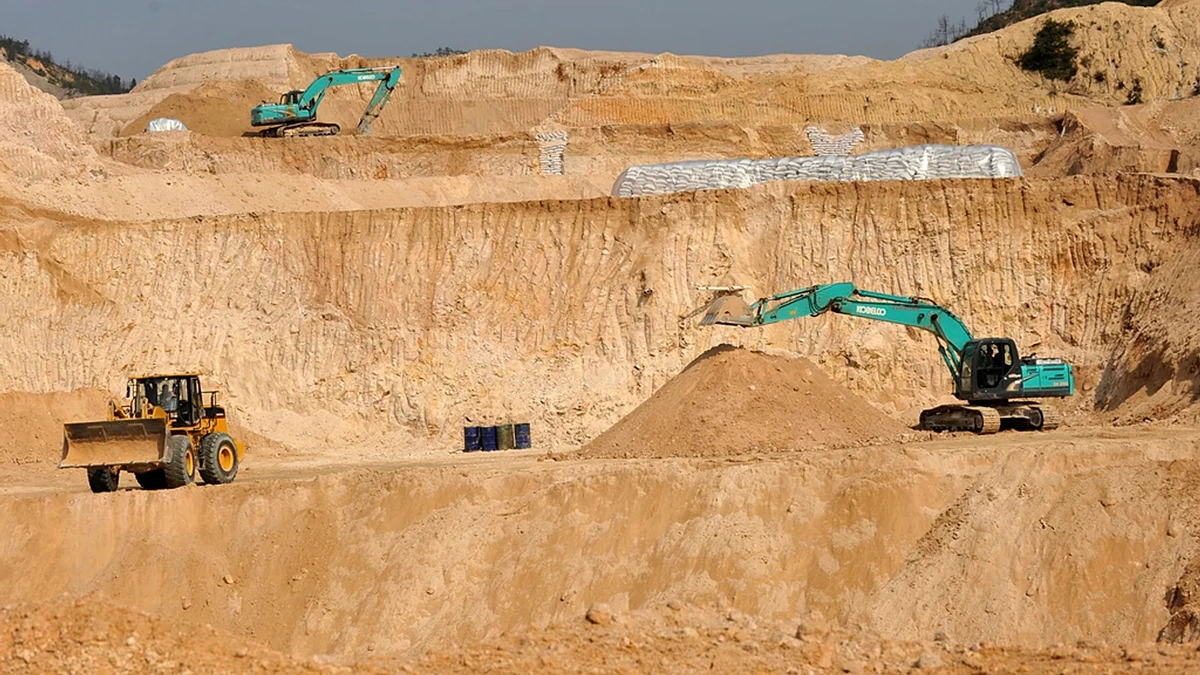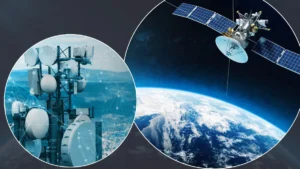China Enhances Export Regulations for Rare Earths Exports and Technology
Okay, let’s be honest – when you first hear about China tinkering with its export regulations, especially concerning something as vital as rare earths , your mind probably jumps to a dozen different scenarios. Trade wars, supply chain disruptions, tech manufacturing impacts… Am I right? But here’s the thing: this isn’t just about the headlines; it’s about understanding the why behind the move and what it could mean for India.
The “Why” Behind the Regulations | A Deeper Dive

It’s easy to see this as a simple power play. China controls a significant portion of the world’s rare earth element supply, and tightening regulations seems like a way to exert influence. But it’s far more nuanced. Consider this: China is also heavily invested in developing its own high-tech industries. And the export of key technologies related to rare earth processing isn’t just about the raw materials themselves. It’s about protecting their know-how, their intellectual property. So, the new regulations might be less about holding the world hostage and more about ensuring their long-term competitive advantage. What fascinates me is how this affects India’s technology aspirations. According to a report by the Ministry of Mines, India is trying hard to ramp up domestic production to meet its needs. But let’s be honest, it will take time.
China’s Ministry of Commerce announced these new regulations to safeguard national security interests. We all know that rare earth magnets are crucial for electric vehicles and wind turbines. What is not talked about as much is that refined products require complex refining techniques.
Impact on India | Immediate Concerns and Long-Term Strategy
So, what does this mean for India? Initially, there might be some anxiety. Indian companies that rely on Chinese rare earth exports for manufacturing everything from electronics to renewable energy components might face price increases or supply disruptions. Let me rephrase that for clarity: if the cost of importing rare earths goes up, or if it becomes harder to get them at all, Indian manufacturers will feel the pinch. However, this also presents an opportunity.
And, here’s where strategic thinking comes in. India has significant rare earth reserves of its own. The challenge lies in developing the mining and processing capabilities to extract and refine these resources efficiently and sustainably. This isn’t just about matching China’s output; it’s about creating a resilient and independent supply chain. India needs to double down on investments in R&D and form strategic partnerships with countries that have the technical expertise. A common mistake I see people make is underestimating the amount of time and investment it takes to build a robust supply chain. So, India needs to start planning now for the long haul.
Navigating the New Landscape | Actionable Steps for Indian Businesses
Alright, so what should Indian businesses actually do? Firstly, diversification is key. Don’t rely solely on one supplier or one source of rare earth minerals . Explore alternative suppliers in other countries. Secondly, invest in research and development to find ways to reduce reliance on rare earths altogether. Can we develop alternative materials? Can we improve recycling processes to recover rare earths from discarded electronics? A report by the Council on Energy, Environment and Water suggests that India needs to set ambitious targets for domestic rare earth production .
And thirdly, advocate for government policies that support the development of a domestic rare earth industry. This includes streamlining regulatory processes, providing financial incentives for mining and processing, and fostering collaboration between industry and academia. But here’s the thing: this isn’t just about lobbying for handouts. It’s about working with the government to create a sustainable ecosystem.
The Tech Angle | Protecting Intellectual Property
China’s new regulations also target the export of technology related to rare earth processing . What fascinates me is the unspoken implication. They’re not just controlling the raw materials; they’re controlling the know-how. This makes it harder for other countries to develop their own independent rare earth industries. Initially, I thought this was straightforward, but then I realized this could significantly slow down India’s efforts to become self-sufficient. India needs to invest heavily in developing its own processing technologies.
What matters is the transfer of technology. The one thing you absolutely must double-check is the technology and the ability to process the rare earths. This isn’t just about extracting the materials from the ground; it’s about refining them into the high-purity forms needed for advanced applications.
FAQ | Your Burning Questions Answered
Frequently Asked Questions
Will this affect the price of electronics in India?
Potentially, yes. If the cost of importing rare earths increases, manufacturers might pass on those costs to consumers.
Is India completely dependent on China for rare earths?
Not completely, but a significant portion of India’s rare earth needs are currently met through imports from China.
What is India doing to develop its own rare earth industry?
The Indian government is promoting exploration, mining, and processing of rare earths through various initiatives and investments.
Can India recycle rare earths from electronic waste?
Yes, recycling e-waste is a promising avenue for recovering rare earths and reducing reliance on imports, but more investment is needed.
What are the alternatives to rare earth magnets?
Research is ongoing to develop alternative materials, but currently, rare earth magnets offer superior performance in many applications.
How long will it take for India to become self-sufficient in rare earths?
It’s difficult to put an exact timeline on it, but with sustained investment and strategic planning, India could significantly reduce its dependence on imports within the next decade.
So, ultimately, China’s enhanced export regulations are a wake-up call for India. They highlight the importance of developing a resilient and independent rare earth supply chain. It’s not just about securing access to these critical materials; it’s about building a stronger, more self-reliant economy. And that, my friends, is a challenge worth embracing.













